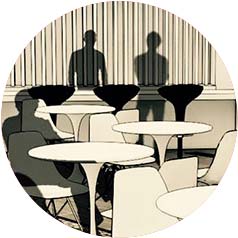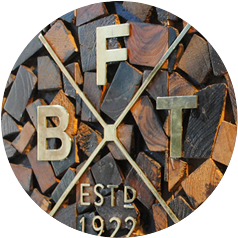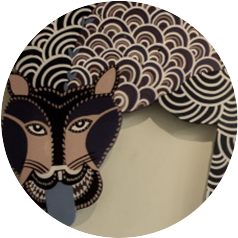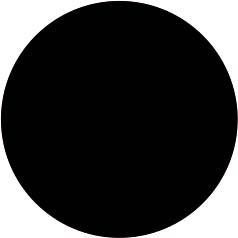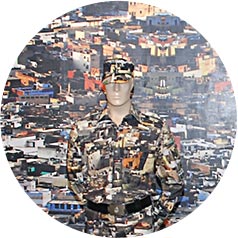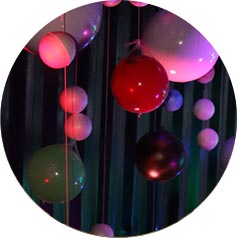How green is your green?
Good grief its green! Green cities full of green buildings that consume green energy on green networks that run green cars and even green stocks! We are going so green with design that the little green Martian would pale in contrast! What is with the word “green” that has suddenly turned us from consumerist sinners to angels of sustainability with green halos?
Being an architect from another time (when a greenback was a US dollar and going green was a sign of envy or of being violently ill), I know it certainly wasn’t always like this. Design was good even before green and although the green brigade will come after me with their solar-charged LED torches, I remain stubbornly assured in my belief that design will remain good even after “green” is replaced by some other part of the Newtonian spectrum.
And yet we obsessively use words prefixed with “re” — renewable, recharged, reuse, recycle, — to describe even the slightest dalliance into design. So much so that today not having green tunnel vision makes one an anti-eco villain — the charlatan with a high-pitched laugh (and, occasionally, an obscenely large bald head) who single-handedly punctures holes in the ozone layer!
It does sound dramatic but so does the paranoia of corporate India that sells everything from green townships to green toothpastes.
Of course it’s good to go green, but what next? Do we have to better what was good to arrive at a new good — up the ante, as it were? And who decides whose green is deeper, darker and more brilliant? And how?
I struggle with this often when a design is conceived from thoughts that lack the appropriate amount of chlorophyll and even carry with them the ignominy of being red, blue or brown! Design cannot always stem from a single understanding or purpose, but is more often than not a product of several factors that range between the esoteric and the practical, the efficient and the aesthetically pleasing, all of which are brought together in a balance that is eventually called good design.
Simply put, good design is not a race with a clear winner and looser but more like the game of hopscotch where victory is determined by several parameters — how you throw the pebble, the act of balancing on one foot, remembering the sequence, and even enjoying the attention of all the participants as they wait for you to falter. Finally, good design often needs repeating the same sequence of actions till one achieves perfection and then too it may not happen in the subsequent rounds.
Good design is not formula driven. So being green in material, consumption and even the size of the carbon footprint may not translate into good design. Who can dispute the game-changing innovations of Apple in the world of design? Or how Facebook designed a new way for the world to socialise? Yet both Apple and Facebook figure as the least green in Greenpeace’s list of tech companies. Who would imagine that everytime one uploaded a video or changed one’s Facebook status one may be contributing to global warming simply because these companies depend so highly on data centres powered by coal?
We, as designers, architects and inventors, could “boldly go where no man has gone before” and then keep the cycle going, to discover more innovations, more colours and more ideas to make good better and then, perhaps, better best.
— Suparna Bhalla
Published on February, 18th 2012



